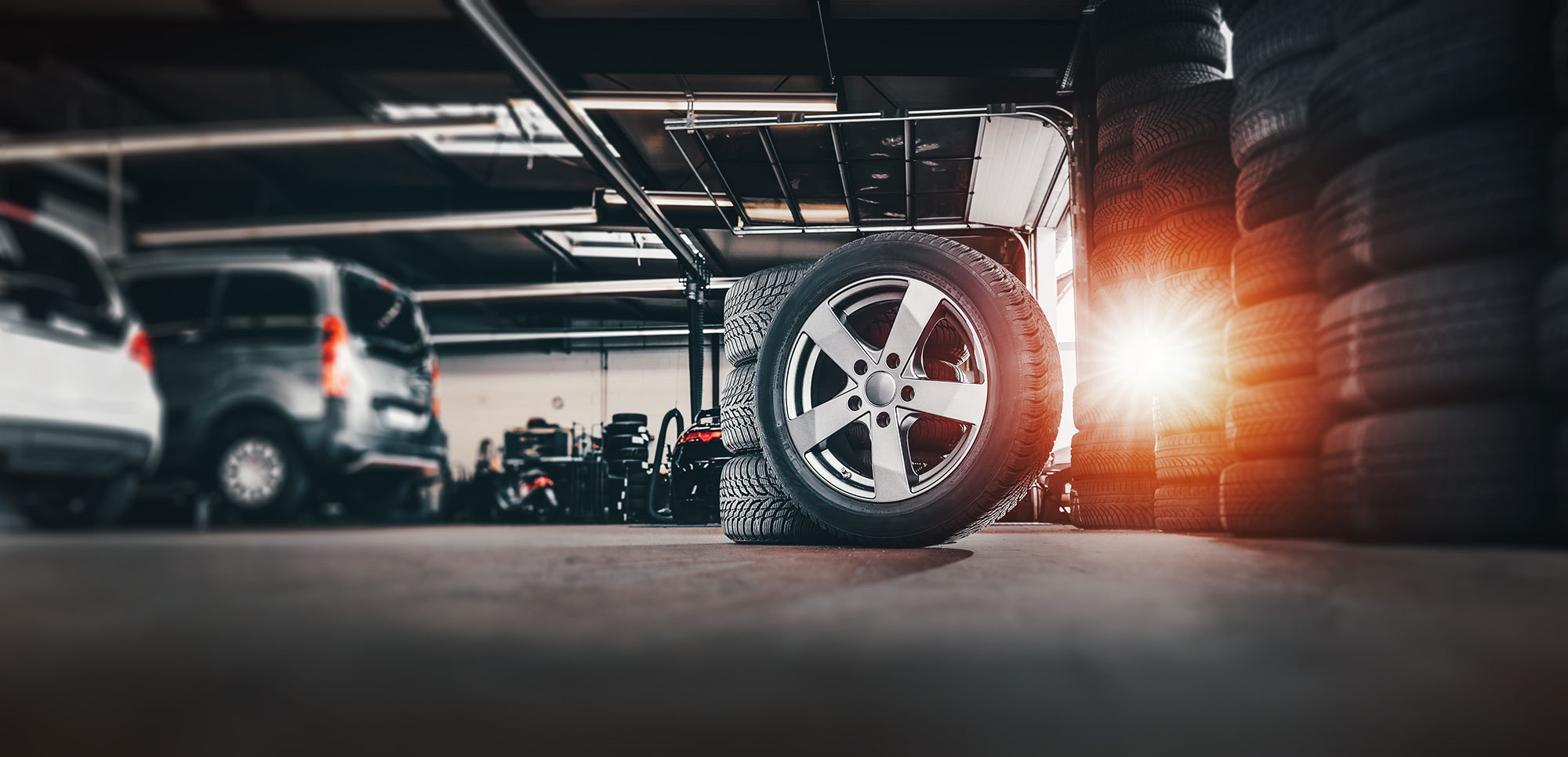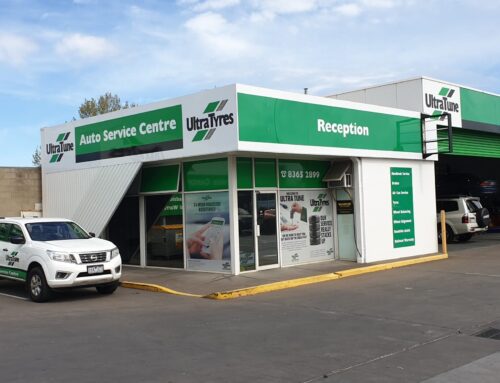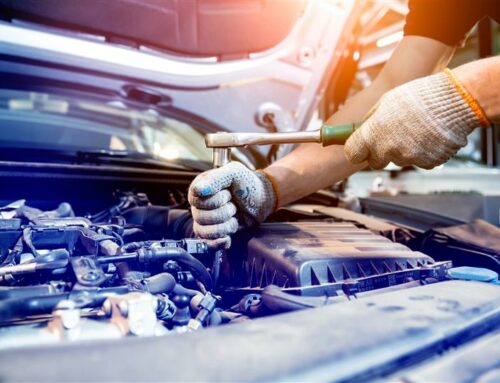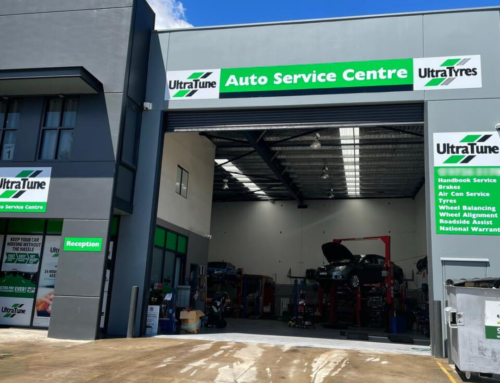Your car’s tyres are more than just rubber on the road—they’re one of the most vital components of your vehicle’s overall safety system. They provide the grip, stability, and control needed to navigate everything from wet city streets to winding country roads. Yet, despite their importance, tyres are often overlooked when it comes to routine vehicle maintenance. Understanding the lifespan of your tyres, recognising the early signs of wear, and knowing how to properly inspect them can help you stay safer on the road, avoid unexpected breakdowns, and even save money in the long run.
In this detailed guide, we’ll cover everything you need to know—from how long tyres last in kilometres and years, to how you can check your tyre pressure and tread depth at home. We’ll also highlight the signs of tyre damage you should never ignore, and share expert tips on how to extend the life of your tyres. So buckle up—this is your go-to resource for everything tyre-related.
What Is the Average Lifespan of a Car Tyre?
So, how long can you expect your car tyres to last? While the answer isn’t a one-size-fits-all, most standard tyres will last anywhere between 40,000 and 80,000 kilometres. This range depends on a variety of factors, including your driving style, the quality of roads you regularly travel on, climate conditions, and how well you maintain your tyres.
Typically, a set of tyres will serve you well for about five years under normal driving conditions. However, industry experts advise that even if your tyres appear to be in decent shape, they should be replaced after 10 years at the absolute latest. Rubber degrades over time—even if the tread still looks fine—so don’t take chances. Regular inspection by a professional is crucial, especially as your tyres approach the five-year mark.
How Many Kilometres Do Tyres Last?
Your tyres’ lifespan in kilometres depends heavily on your driving conditions:
- City/suburban driving (with frequent stops and starts): around 40,000–50,000 km
- Highway driving (at consistent speeds): up to 60,000–80,000 km
- Performance or budget tyres tend to wear out faster
Other influencing factors include vehicle load, tyre type, wheel alignment, and whether you keep them properly inflated. These small maintenance habits can make a big difference when it comes to how many kilometres you’ll get out of your tyres.
How to Make Your Tyres Last Longer
Extending the life of your tyres doesn’t require major effort—just a few consistent habits. Checking your tyre pressure regularly, ideally once a month, is one of the simplest ways to avoid uneven wear and maintain proper handling. Under-inflated tyres create more resistance, leading to increased fuel consumption and quicker deterioration. Over-inflation can also reduce traction and cause tyres to wear out in the centre.
It’s also important to rotate your tyres every 10,000 kilometres. This allows them to wear more evenly and extends their overall lifespan. Getting your wheels balanced and aligned during servicing can help prevent vibration, improve steering, and reduce tyre wear. Driving gently—avoiding hard braking, rapid acceleration, and sharp cornering—can make a big difference.
If your vehicle isn’t being used for long periods, make sure your tyres are stored properly in a cool, dry place away from direct sunlight and moisture. These small steps can significantly increase tyre life while improving road safety.
Symptoms of Worn or Damaged Tyres
It’s not always obvious when tyres are on their way out. However, there are some clear signs you shouldn’t ignore:
- Cracks or bulges on the sidewall
- Uneven tread wear or bald spots
- Increased stopping distance when braking
- Vibration or thumping noises while driving
- Frequent tyre pressure loss, even after inflating
These warning signs may point to structural damage, poor alignment, or ageing rubber. If you spot any of them, it’s best to have your tyres checked by a professional immediately. Driving on compromised tyres increases the risk of blowouts and skidding, especially in wet or slippery conditions.
Why Tyre Checks Should Be a Regular Habit
Your tyres are the only part of your car that makes contact with the road. That means their condition directly impacts how your car handles, brakes, and consumes fuel. Neglecting your tyres can lead to higher fuel bills, poor vehicle performance, and a greater risk of breakdowns or accidents.
How Often Should You Check Your Tyres?
A good rule of thumb is to check your tyres at least once a month. This includes:
- Tyre pressure: Check monthly, and always before long road trips
- Tread depth: Inspect every 1–2 months to ensure safe grip
- Visual inspection: Do this weekly or after driving on rough roads
If your tyres look or feel different than usual—whether it’s a visible crack, a pressure drop, or a vibration—you’re better off having them looked at sooner rather than later.
How to Check Tyre Pressure the Right Way
Checking tyre pressure is straightforward. Start by locating the recommended pressure for your vehicle, which is usually listed on a sticker inside the driver’s door or in your owner’s manual. Then follow these steps:
- Use a reliable tyre pressure gauge (digital or manual).
- Remove the valve cap from your tyre.
- Press the gauge firmly onto the valve to get a PSI reading.
- Adjust the pressure by inflating or deflating as needed.
- Recheck the reading and replace the valve cap once done.
Try to check pressure when tyres are cold, as heat can cause inaccurate readings. Consistently checking and adjusting tyre pressure improves performance, fuel efficiency, and tyre life.
How to Check Your Tyre Tread
When performing a visual inspection of your tyres, you should look carefully over each tyre, paying close attention to any damage, protrusions or objects embedded within the tread or sides. It is particularly important to do so after travelling across rough terrains and country roads.
Tread depth is another factor that should be monitored regularly. It is essential for traction, especially in wet weather. Here’s how to inspect it properly:
- Look for tread wear indicators, which are small raised bars within the tread grooves. If they’re level with the tread, your tyre needs replacing.
- Do the 20c coin test—insert a 20-cent coin into the groove. If you can see the platypus bill, your tread is too low.
- Check across the tyre’s width to ensure even wear. Uneven wear may point to misalignment or suspension problems.
Tread depth below 1.6mm is considered unsafe—and in many cases, unroadworthy. If your tyres are worn down to this level, it’s time for replacements.
Book a Tyre Service with Ultra Tune
If your tyres are looking worn or you’re not sure about their condition, it’s time to leave it to the experts. Whether you’re due for a routine rotation, a wheel alignment, or a full tyre replacement, Ultra Tune has you covered.
Our experienced technicians use high-quality brands and the latest equipment to keep your car performing at its best. With a national network of service centres and fast, friendly service, it’s never been easier to stay road-safe.
- Book a service online in just a few clicks
- Locate your nearest Ultra Tune centre
- Explore our full range of Wheel and Tyre Services
Your tyres are the unsung heroes of road safety, but they won’t take care of themselves. By checking them regularly, driving mindfully, and acting early when something seems off, you’ll get more life out of your tyres and reduce the chances of unexpected trouble.
Stay safe, stay proactive. Contact Ultra Tune to help you take the pressure off.






